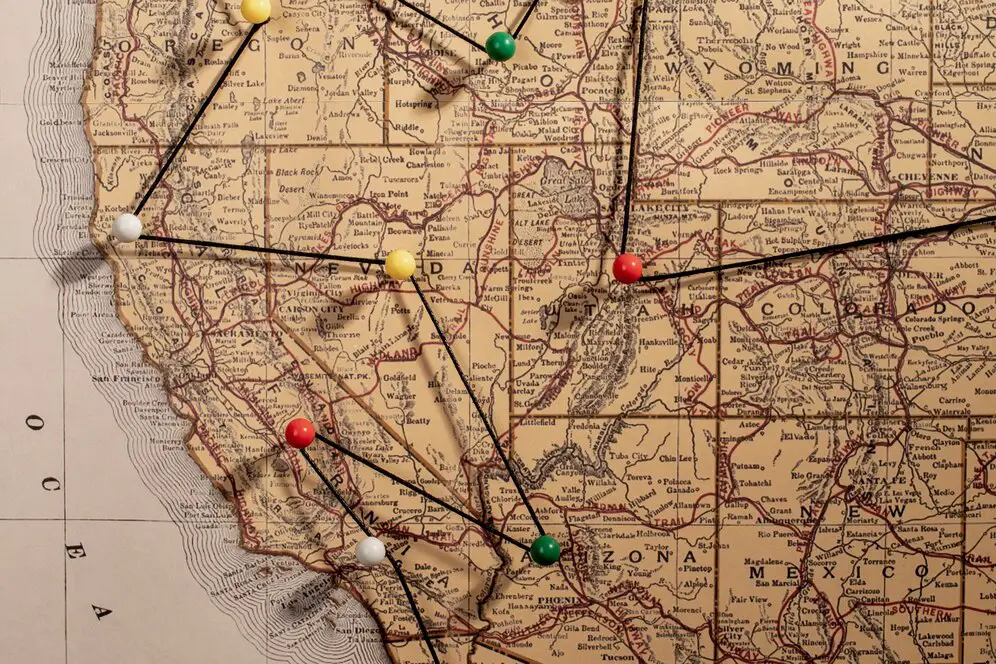Calculating Area
The formula for calculating area depends on the shape. For example, to calculate the area of a rectangle or square, you multiply the length by the width. To calculate the area of a circle, you use the formula A = 𝜋r2.
Calculating area for different shapes
- Rectangle or square: Multiply the length by the width
- Circle: Use the formula A = 𝜋r2
- Triangle: Use the SSS, SAS, SSA, or ASA method, depending on which side or angle measurements you know
- Parallelogram: Multiply the width by the height
- Hexagon: Use the formula Hexagon Area = 3/2 × √3 × a², where a is the side of the hexagon
- Rhomboid: Multiply the base by the height
When to calculate area
You can use area calculations in many real-world situations, such as when carpeting a room, painting a wall, or building a road.
Example
Calculating Area of Different Shapes
Area calculation is a fundamental concept in geometry used to determine the surface occupied by a two-dimensional shape. The formula used depends on the type of shape.
The general approach to calculating the area includes:
- Identifying the shape (e.g., rectangle, triangle, circle, etc.).
- Using the appropriate mathematical formula for the shape.
- Substituting given values and computing the result.
Calculating the Area of a Rectangle
A rectangle is a four-sided shape with opposite sides equal. The formula for its area is:
\[ A = l \times w \]Example:
If the length is 10 cm and the width is 5 cm, the area is:
- Step 1: Multiply length and width: \( 10 \times 5 \).
- Step 2: Compute the result: \( A = 50 \) cm².
Calculating the Area of a Triangle
A triangle is a three-sided shape, and its area is given by:
\[ A = \frac{1}{2} \times b \times h \]Example:
If the base is 8 cm and the height is 6 cm, the area is:
- Step 1: Multiply base and height: \( 8 \times 6 \).
- Step 2: Divide by 2: \( A = \frac{48}{2} = 24 \) cm².
Calculating the Area of a Circle
A circle is a round shape, and its area is given by:
\[ A = \pi r^2 \]Example:
If the radius is 7 cm, the area is:
- Step 1: Square the radius: \( 7^2 = 49 \).
- Step 2: Multiply by \( \pi \) (≈3.14): \( A = 3.14 \times 49 = 153.86 \) cm².
Real-life Applications of Area Calculation
Calculating area has many practical applications, such as:
- Determining the amount of paint needed to cover a wall.
- Calculating the amount of material required for flooring.
- Estimating land sizes for agricultural and construction purposes.
Common Area Formulas
Rectangle: \( A = l \times w \)
Triangle: \( A = \frac{1}{2} \times b \times h \)
Circle: \( A = \pi r^2 \)
Additional Shapes: Other shapes like trapezoids, parallelograms, and sectors of circles have specific formulas that involve their dimensions and angles.
| Shape | Description | Formula | Example Calculation |
|---|---|---|---|
| Rectangle | A quadrilateral with opposite sides equal. | Area = length × width | For a rectangle with length 5m and width 3m: \( 5 \times 3 = 15m^2 \). |
| Triangle | A three-sided polygon. | Area = (base × height) ÷ 2 | For a triangle with base 6m and height 4m: \( (6 \times 4) \div 2 = 12m^2 \). |
| Circle | A round shape with all points equidistant from the center. | Area = π × radius² | For a circle with radius 7m: \( \pi \times 7^2 = 153.94m^2 \) (approx). |
| Trapezium | A quadrilateral with one pair of parallel sides. | Area = ((base1 + base2) × height) ÷ 2 | For a trapezium with bases 8m and 6m, and height 5m: \( ((8 + 6) \times 5) \div 2 = 35m^2 \). |










